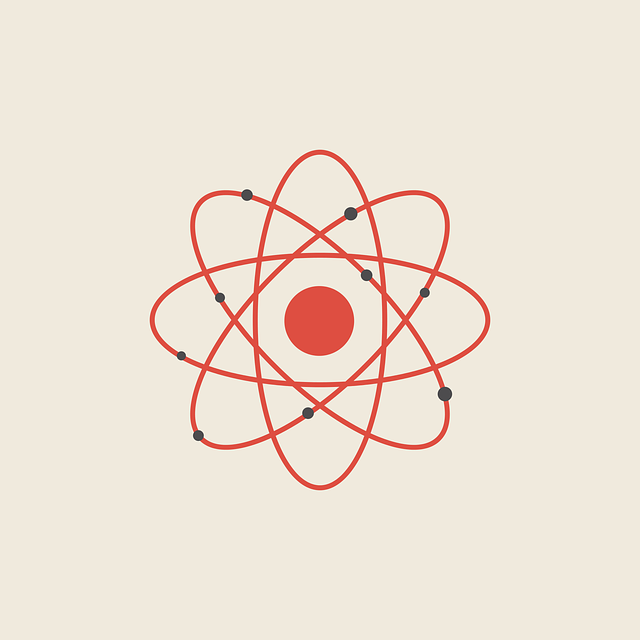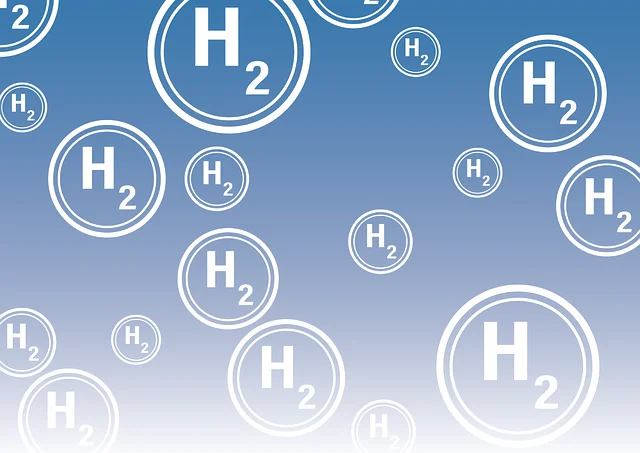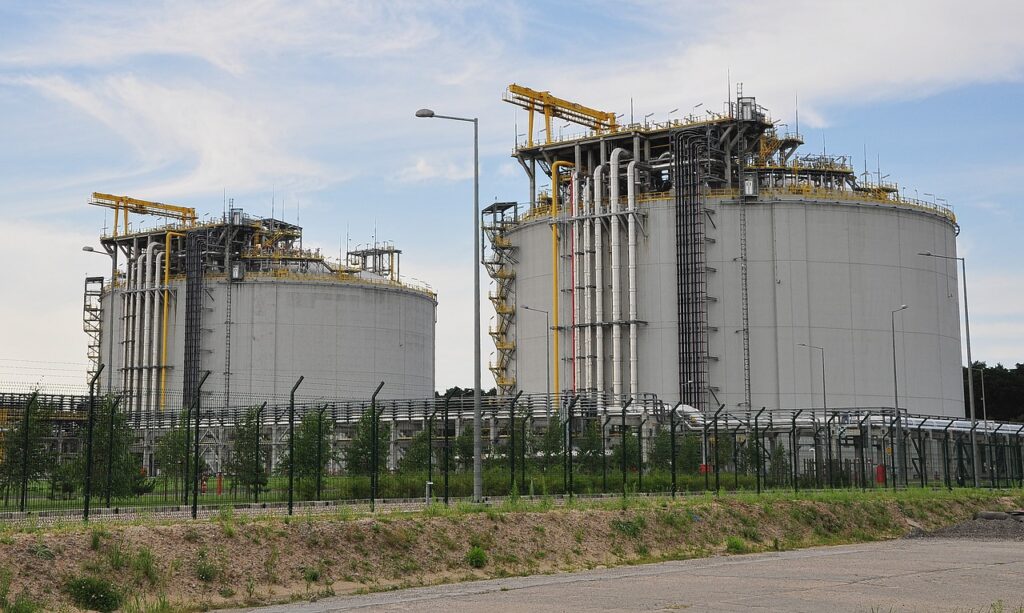The process of converting a gas into a liquid is known as “liquefaction of gases.” When the gas is exposed to particular temperature and pressure that challenge is to expand and stay in the gaseous phase, this change takes place. In fields like cryogenics, industrial gas storage, and the study of intermolecular forces.

Whenever the intermolecular forces of attraction in a gas increase to a level that molecules bind together, then liquefaction of gas takes place. Thus, a gas be liquefied either by cooling or by applying appreciable pressure or by combined effect of both.
Basic Principles of Gas Liquefaction
Widely separated molecules that travel freely at high speeds and made a gas. The molecules of a gas must be brought closer together in order to transform it into a liquid. This can be accomplished by:
1.Cooling the Gas: The gas molecules travel more slowly as the temperature is lowered because their kinetic energy is reduced. Van der Waals interactions and other attractive intermolecular forces work better to hold molecules together when the temperature drops.
2.Compressing the Gas: By forcing the gas molecules closer together, increasing the pressure promotes the creation of a liquid state.
Exception however, a gas may not always liquefy when pressure is applied alone. Successful liquefaction requires cooling the gas below a specific critical temperature.
Critical Temperature and Critical Pressure
The highest temperature, at which a gas can liquefy, independent of pressure, is known as the critical temperature (Tc). Even at very high pressure, the gas cannot turn into a liquid at temperatures higher than Tc.
In a similar layer, the lowest pressure necessary to melt a gas at its critical temperature is known as the critical pressure (Pc). The ease of liquefaction of a gas is determined by the combination of Tc and Pc.
For example:
Carbon dioxide (CO2) has a critical temperature of 31.1°C and a critical pressure of 73.9 atm.
Oxygen (O2) has a critical temperature of -118.6°C and a critical pressure of 49.7 atm.
Methods of Gas Liquefaction
Several methods have been developed to liquefy gases efficiently:
1.Joule-Thomson Effect
The most popular method for liquefying gasses is this one. A gas’s temperature drops when it expands from a high-pressure area to a low-pressure area without exerting any external force or transferring heat to the environment.
If the gas has already dropped below its inversion temperature ( inversion temperature is the temperature at which gas shows neither a cooling effect nor a heating effect.), this cooling effect also submitted to as throttling may cause liquefaction. For example, this process is frequently used to liquefy air, nitrogen, and oxygen.
2. Linde’s Process
To liquefy gases, Linde’s method uses repeated cycles of compression, cooling, and expansion. The temperature drops as a result of compressing the gas, cooling it in a heat exchanger, and then it expand. Until the gas turns into a liquid, the cycle is repeated.
3. Claude’s Process
This approach combines the work of expansion with the Joule-Thomson effect. It is more efficient than Linde’s approach because it cools the gas using an expansion engine before allowing it to expand. A common method for liquefying gases like hydrogen and helium is Claude’s technique.

Applications of Gas Liquefaction
1.Industrial Storage and Transport: Because their liquid forms take up far less space than their gaseous counterparts, liquefied gases such as oxygen, nitrogen, and liquefied natural gas (LNG) are simpler to store and transport.
.
2. Cryogenics: Cryogenics (the branch of physics dealing with the production and effects of very low temperatures) uses liquefied gases, such as liquid nitrogen and helium, to reach the extremely low temperatures needed for superconductor research and other applications.
3. Refrigeration and Air Conditioning: In refrigeration cycles, where cooling is made possible by the compression and expansion of gases, the concepts of gas liquefaction are applied.
4. Rocket Fuels: Because of their high energy density, liquefied gases like hydrogen and liquid oxygen are used as rocket propellants.

Challenges in Liquefaction
1.High Energy Requirement: The processes are significant energy for compression and cooling.
2. Special Equipment: Insulated pipelines and containers are necessary for cryogenic systems in order to stop heat transfer and preserve the liquid condition.
3. Handling and Safety: Because they are so cold, liquefied gases must be handled carefully to avoid mishaps like frostbite or explosions.
Note;-
A interesting and extremely useful procedure that connects theoretical gas laws to practical applications is the liquefaction of gases.
Knowledge of the cooling mechanisms, intermolecular pressures, and critical conditions helps us to understand this vital technology. Liquefied gases are essential to modern living, whether in daily utilities, industrial activities, or scientific research.
Key points
Boyle’s temperature : Tb = a /Rb
Critical pressure : Pc = a /27b2
Critical temperature : Tc = 8a / 27 Rb
Critical volume : Vc = 3b
Relation between Critical constants : Pc Vc = RTc 3 / 8